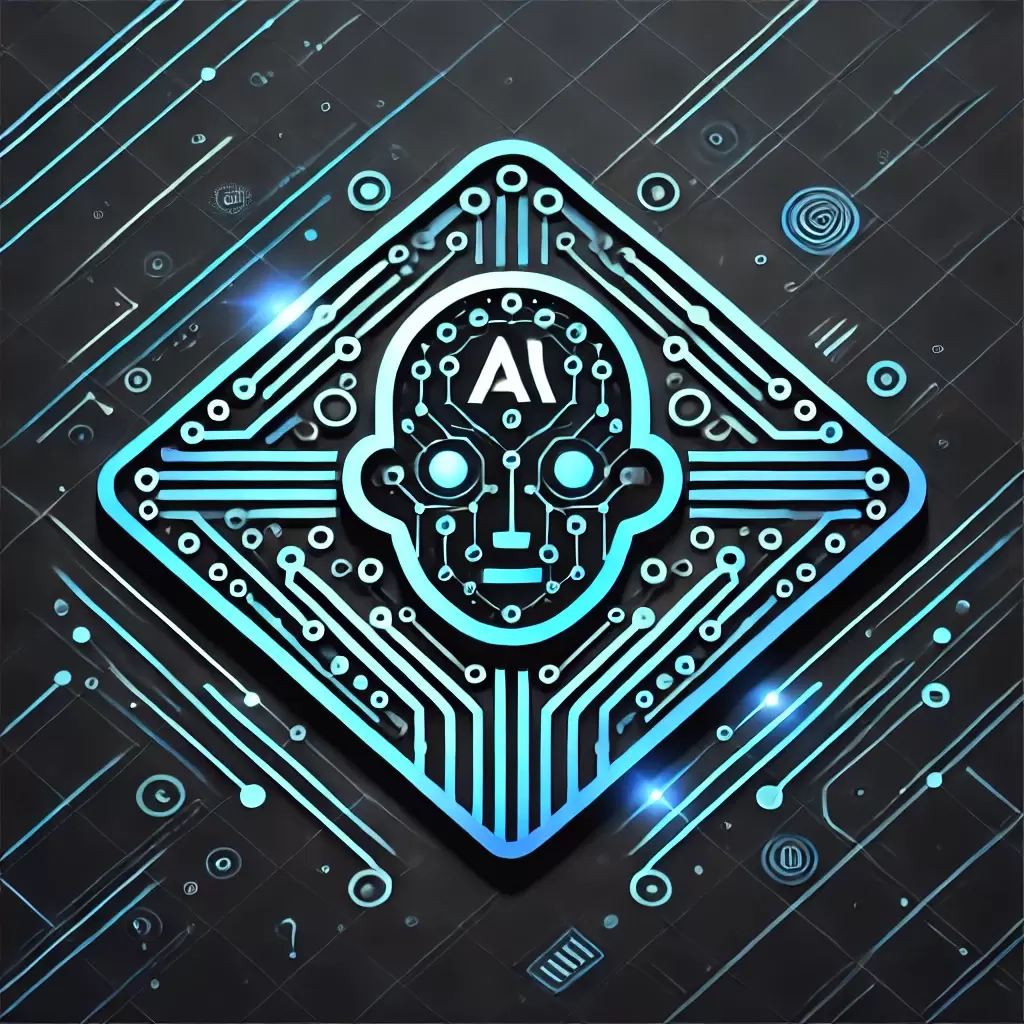Breaking Down the Elements of Minimalist Web Design: Less Is More
Discover insights about Breaking Down the Elements of Minimalist Web Design: Less Is More. Stay updated with the latest trends in technology, AI, and programming on Moedete.com.

Discover insights about motion grphics samples. Stay updated with the latest trends in technology, AI, and programming on Moedete.com.
Motion Graphic Design: A Comprehensive Overview
Motion graphic design is an exciting and creative field that blends graphic design principles with animation to create visually compelling videos. It's widely used in various industries, including marketing, entertainment, education, and web design. Motion graphics are all about using animation and digital footage to create an illusion of motion or rotation, which can convey a message, tell a story, or promote a brand. In this article, we'll explore what motion graphic design is, its importance, the tools used, and its application in modern media.
Table of contents [Show]
Motion graphic design is the art of applying animation techniques to graphic elements. Unlike traditional animation, which often involves characters and storytelling, motion graphics are more focused on bringing abstract concepts, text, and designs to life. They play a pivotal role in video production, especially in explainer videos, corporate presentations, and brand advertisements.
The key distinction between motion graphics and other forms of animation lies in its purpose. While traditional animation often centers on character-driven storytelling, motion graphics are used to visualize data, explain concepts, and enhance user engagement through visual elements like typography, shapes, and logos.
Motion graphics have become an essential tool in modern digital communication for several reasons:
Several software tools are commonly used in creating motion graphics, each offering different features and levels of complexity:
The application of motion graphics spans a wide range of industries and media, including:
As technology evolves, so does motion graphic design. Virtual reality (VR) and augmented reality (AR) are pushing the boundaries of what can be done in this field, creating more immersive and interactive experiences. With the rise of machine learning and AI, we can also expect smarter automation tools that will make it easier for designers to create complex animations with less effort.
In conclusion, motion graphic design is an ever-growing field that blends creativity, technology, and storytelling. Its ability to simplify complex information, capture attention, and convey brand identity makes it an invaluable tool for businesses, educators, and media producers. Whether it's through a short advertisement or an educational video, motion graphics have the power to communicate messages in a visually compelling and engaging way.
This overview provides insights into the essential aspects of motion graphic design, from its significance to the tools and applications that define it. Whether you're a budding designer or a business looking to enhance your content, understanding the fundamentals of motion graphics can open up a world of possibilities.
Discover insights about Breaking Down the Elements of Minimalist Web Design: Less Is More. Stay updated with the latest trends in technology, AI, and programming on Moedete.com.
Discover insights about From Wireframe to Wow: Best Practices for Prototyping UI/UX. Stay updated with the latest trends in technology, AI, and programming on Moedete.com.
Discover insights about 10 Must-Know Typography Techniques That Instantly Elevate Your Designs. Stay updated with the latest trends in technology, AI, and programming on Moedete.com.
